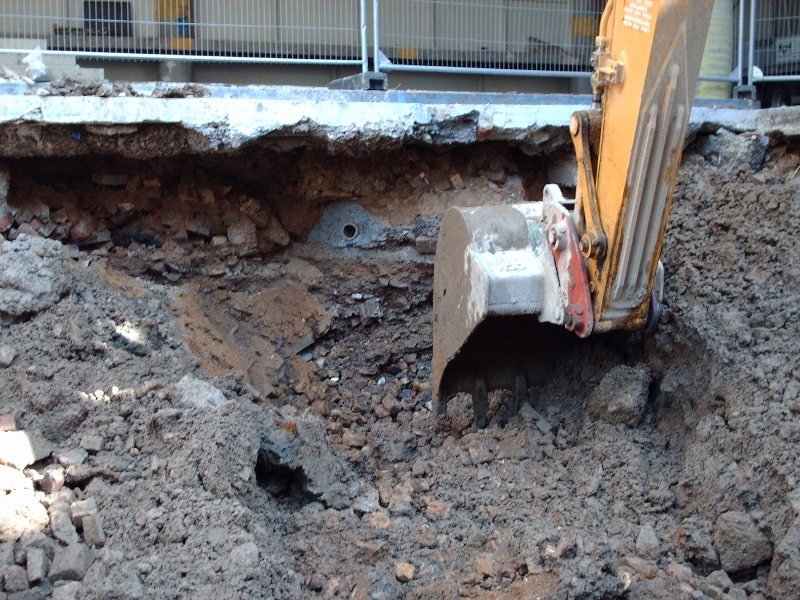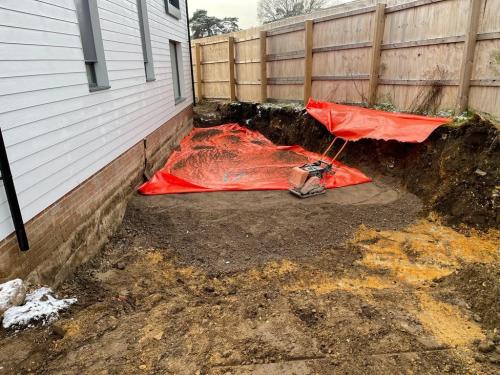Remediation Strategy - Kent
Introduction
GO Contaminated Land Solutions, your trusted partner in crafting effective remediation strategies for land development in Kent. Writing a remediation strategy is simple, writing a cost effective one requires an understanding of not just the environmental issues but also the engineering of the project. We look at the project in the round to ensure that we deliver a cost effective strategy for your project.
Navigating the complexities of contaminated land can be daunting, with potential legal, environmental, and financial implications at stake. That's where we step in. At GO Contaminated Land Solutions, we specialise in providing tailored remediation strategies designed to mitigate risks and maximise the value of your projects.
We work closely with you to ensure you have a comprehensive understanding of the proposed remediation strategy, empowering you to make informed decisions every step of the way. When the strategy is prepared we will provide you with a checklist to aid you in collecting the data required for the final sign off and are always available to offer guidance on any issues that arise during the remediation process.
With GO Contaminated Land Solutions as your partner, you can confidently tackle even the most challenging contaminated land projects, knowing that we have your back with a robust and cost-effective remediation strategy. Let us help you pave the way to a more sustainable future for your developments in Kent.
What is the objective?
The objective is to ensure the site is suitable for the proposed use and that there are no elevated risks to site users, neighbours or the environment. The aim is not to create a perfectly clean site or uncontaminated site. All manner of contaminants exist in the ground which generally do not cause any significant harm; however in certain circumstances and in certain concentrations they may cause harm. The aim is to prevent the contaminants reaching the people, plants or waterways that might be adversely affected.
The appropriate remediation strategy will be influenced by the site use, remediation for a commercial use would probably be very different to that for a residential use, even for the same land.
Contaminated soil removal from old petrol filling station in central London

How might this be done?
Frequently it is done by removing the contaminated soil and disposing of it in a licensed landfill.
It can sometimes be done by treating the soil on site. This may or may not be practical depending upon the type of contaminants and size of site.
It may be possible to introduce a barrier between the contaminants and people who will be using the site. This barrier may be a purpose made membrane, a hard surface such as block paving or asphalt or a suitable depth of clean soil.
The contaminated areas may be suitable for some uses but not others, in which case it may be possible to amend the site layout so that for example the contaminated area is used as a car park instead of gardens.
In the case of ground gas or vapours the solution is often to introduce a membrane to prevent the gas or vapour entering the buildings where it could cause harm.
During the remedial works it is beneficial to have independent monitoring to ensure the works are on track to achieve approval by the local authority, NHBC or other regulator.
What happens when the remedial works are complete?
Within the Remediation Strategy there will be a verification plan setting out the requirements for testing, monitoring and documentation required to demonstrate satisfactory remediation. On completion of remediation the Verification Report has to be completed.
Laying of 'no-dig' layer and membrane prior to placing clean sub and topsoil

Topsoil being placed in a communal amenity space for a care home in Seal, sited on a former contractor’s depot and workshops.